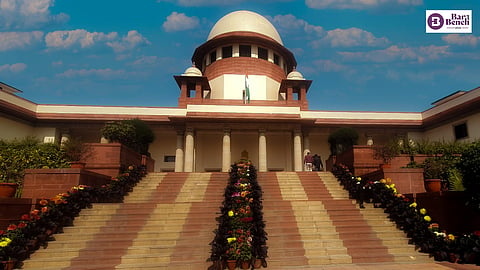Supreme Court
Columns
The perils of post-facto policy shifts: A case study of the Supreme Court Law Clerk exam
To raise the cut-off by 20% at the time of declaring the results is extremely harsh, unfair and arbitrary to the candidates who take the exam.

